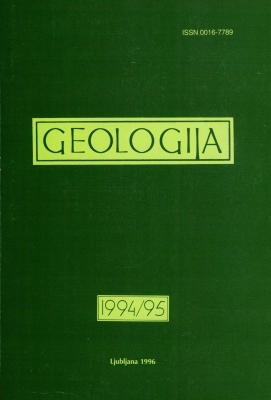The importance of Hindeodus parvus (Conodonta) for the definition of the Permian-Triassic boundary and evaluation of the proposed sections for a global stratotype section and point (GSSP) for the base of the Triassic
DOI:
https://doi.org/10.5474/geologija.1995.007Povzetek
Povzetek ni na voljoPrenosi
Kako citirati
Kozur, H. W., Ramovš, A., Wang, C.- yuan, & Zakharov, Y. D. (1994). The importance of Hindeodus parvus (Conodonta) for the definition of the Permian-Triassic boundary and evaluation of the proposed sections for a global stratotype section and point (GSSP) for the base of the Triassic . Geologija, 37(1), 173–213. https://doi.org/10.5474/geologija.1995.007
Številka
Rubrika
Članki

